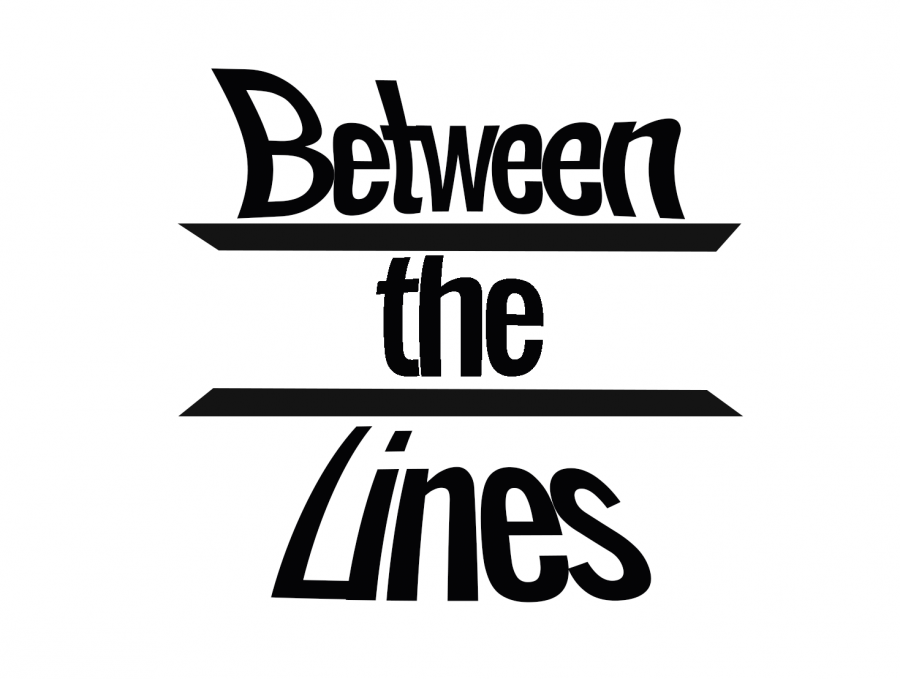Between the Lines: ‘Girl, Woman, Other’
Illustration by Ethan Gullett
February 11, 2020
“Girl, Woman, Other” is a modern, genius storytelling whose twelve chapters review the lives of twelve women. Bernadine Evaristo tells the story of girls and women who struggle and grapple with racism and sexism in a white, male-dominated Britain. Evaristo was awarded the 2019 Booker prize for this novel in conjunction with Margaret Atwood’s “The Testaments” because the committee apparently couldn’t permit a black woman to accept the honor without a white woman’s accompaniment. She is the first black woman recipient in the English language of this literary honor.
A patriarchal setting serves as the glue that unifies twelve women, whose stories are contrasting, such as a corporate banker versus liberal playwright, but who scuffle with the same realities. Their interlocked stories analyze the twelve identities as a “sell-out,” feminist or non-binary.
The narratives sway between decades and locations. The first character is Amma, a black lesbian who, at fifty-something, continues to playwright and wrestles to accept her success without becoming part of the “establishment.” Her 19-year-old daughter, Yazz, who has a chapter separate from her mother’s, goes to university and describes herself as “part 90s Goth, part post-hip hop, part slutty ho, part alien.”
At the center of this novel, the reader finds culture, varying identities and longing. With the help of her wit and masterfully crafted characters, Evaristo is able to bring the female struggle, compounded with the black struggle, to the page. “Girl, Woman, Other” should have won the Booker prize singularly, without the taint of a wannabe feminist.











